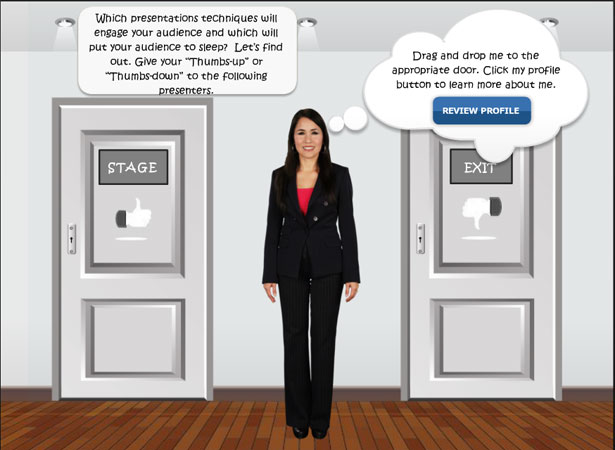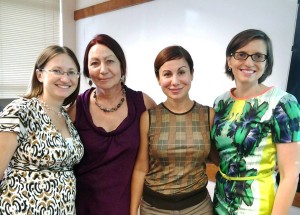Transform your fear of public speaking and test your presentation skills
Do you feel nervous when you have to speak in public? Does your heart start beating faster? Do you get butterflies in your stomach? Does your throat get dry or palms – sweaty? The trick to overcoming the fear of public speaking is not to fight your anxiety but to transform it into energy that can propel you to perform better. According to research, you can boost your performance in high-stake situations when you interpret the signs of anxiety as excitement and focus on things that can energize your even more. Make your fear facilitating instead of debilitating. Here are a few things you can focus on to generate excitement:
- your passion about the topic;
- the importance of your message;
- the interests, pains and concerns of your audience;
- the connection with your audience;
- the wisdom, care and support you can get from the audience;
- the quality of your content;
- the depth of your expertise;
- your readiness and willingness to share and co-create with your audience.
You get the idea…While the eyes are on you (by the way, you are competing with the phone screens), you are not the most important person in the room. Your audience members are. Your flop is their pain, and your win is their gain.
Play can both relax and focus the brain to help you learn better. Click the image below and play the Thumbs-up / Thumbs-down game developed by our Bookphoria team to test your presentation skills and learn how to improve them.
Multimedia solutions, such as brief video explainers, games, scenarios, and animations, can make both live and virtual presentations more engaging while briefly shifting the focus from you as a speaker to allow you to regroup and recharge. Want our opinion on what kind of multimedia solution you could create? Need to develop a brain-captivating presentation or signature talk? I’ll mentor you for free.
Click here to set up a free rapid fire mentorship session with me.





